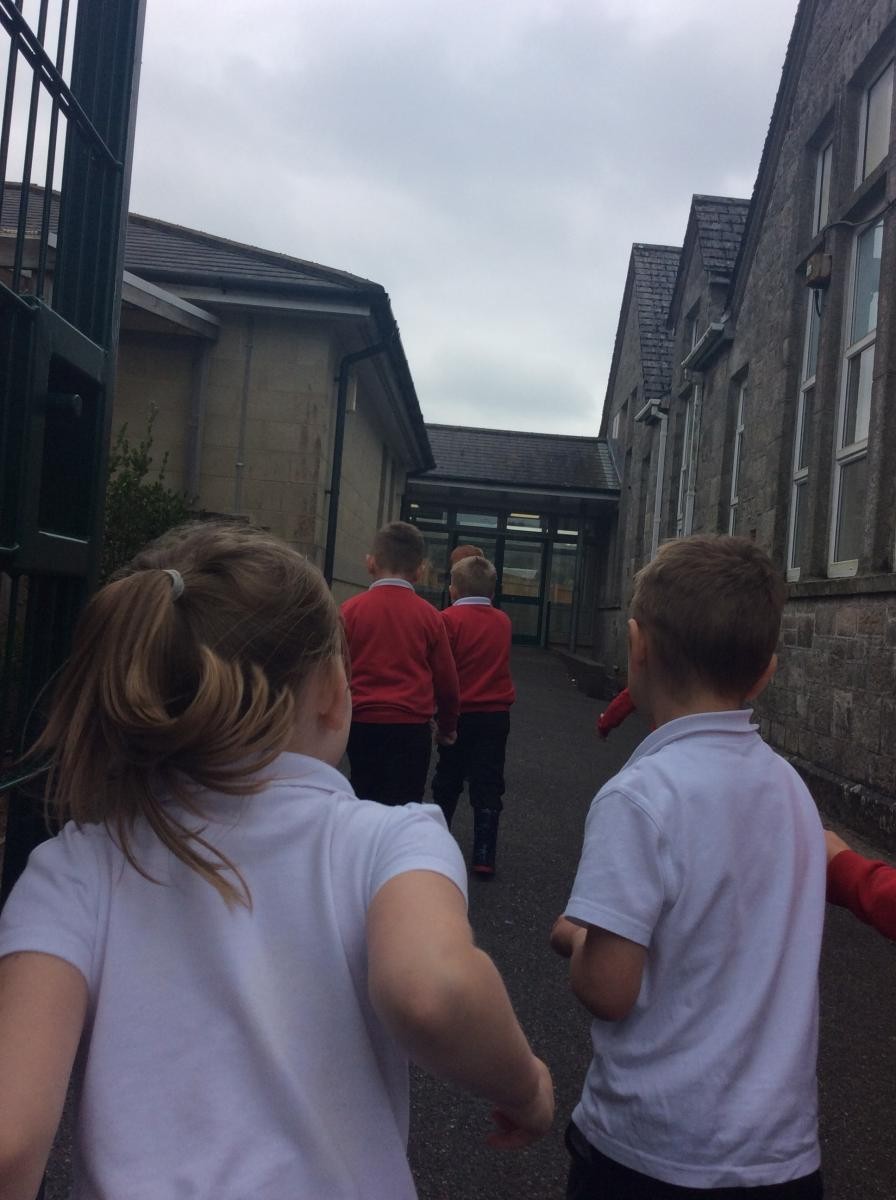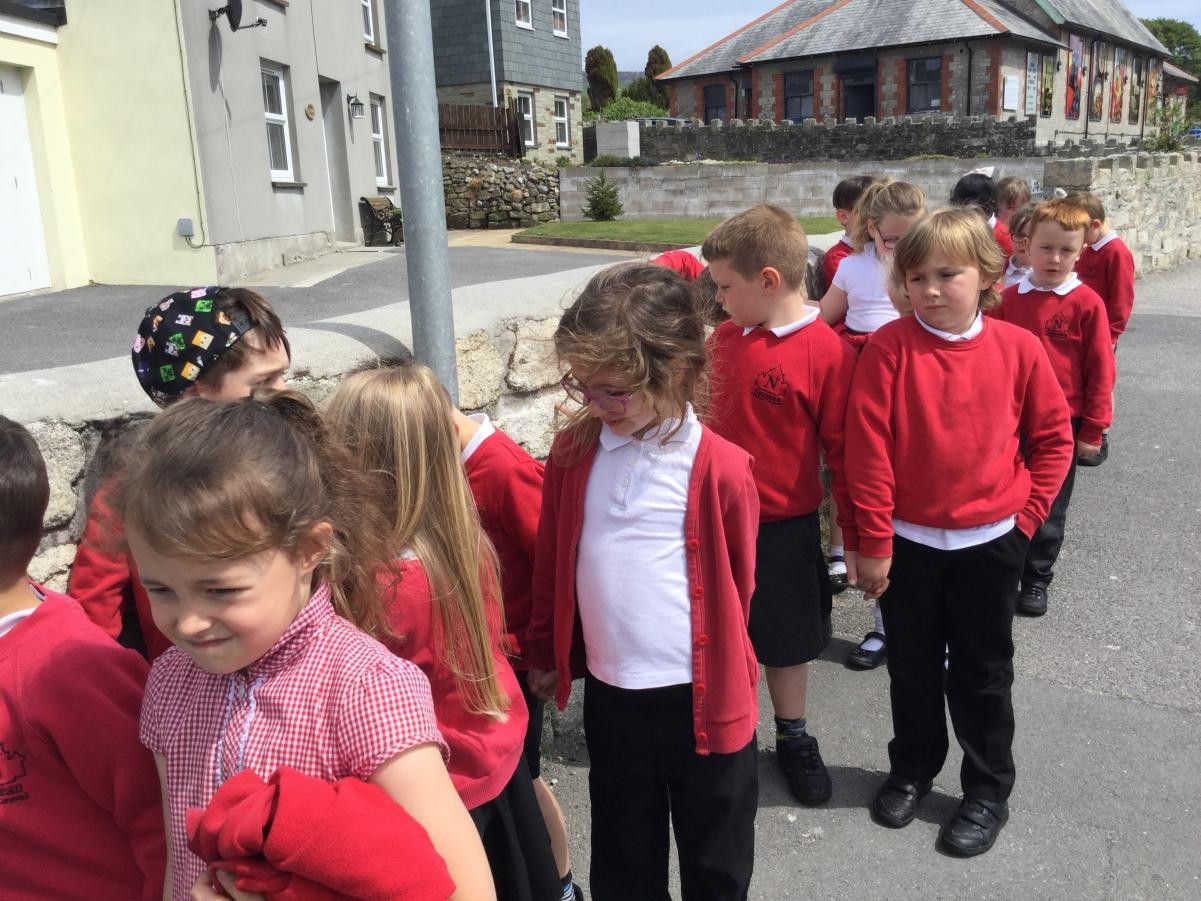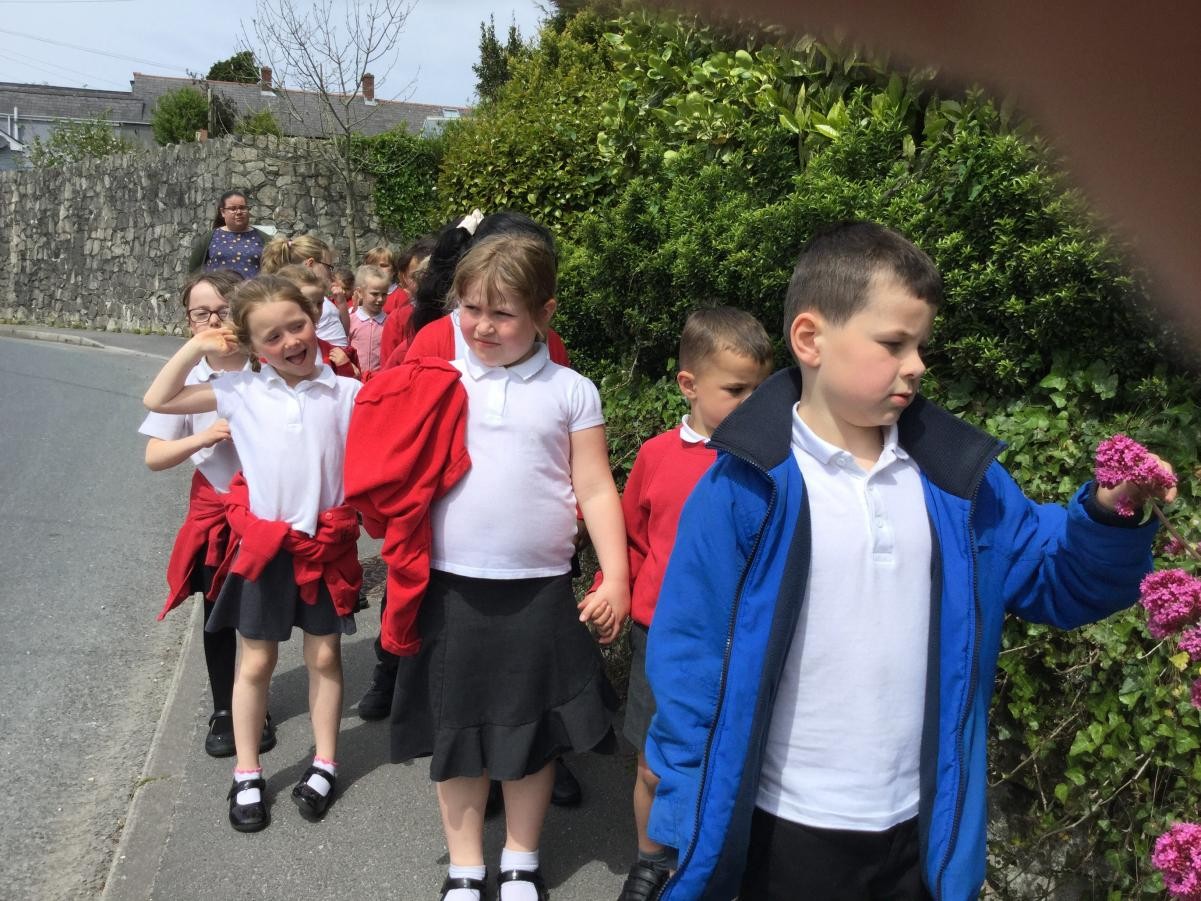“To really understand the world, you need to get under the skin of people and places. In other words, learn about Geography. I can’t imagine a subject more relevant in schools. We’d all be lost without it!” – Michael Palin
Rationale: Purpose of Study (taken from the National Curriculum)
A high-quality geography education should inspire in pupils a curiosity and fascination about the world and its people that will remain with them for the rest of their lives. Teaching should equip pupils with knowledge about diverse places, people, resources and natural and human environments, together with a deep understanding of the Earth’s key physical and human processes. As pupils progress, their growing knowledge about the world should help them to deepen their understanding of the interaction between physical and human processes, and of the formation and use of landscapes and environments. Geographical knowledge, understanding and skills provide the frameworks and approaches that explain how the Earth’s features at different scales are shaped, interconnected and change over time.
Intent
At Nanpean School, we want to educate the children about the world we live in and how our actions will influence its future. We intend to develop children’s love of, and curiosity about, the world around them and the planet we live on, and through Geography educate the children about their role and place on the planet for their future.
We aim to do this through developing knowledge of the location of globally significant places, including their physical and human characteristics. We also aim to ensure that children understand the geographical processes that bring about physical and human features of the world, and how these lead to change over a period of time. Whilst studying Geographical units of work, we intend for our children to be competent in the geographical skills needed to collect, analyse and communicate through their experiences of fieldwork, for them to be able to interpret a range of sources an communicate geographical information in a variety of ways.
Implementation
Geography lessons are taught in ‘blocks’, with a key question used to inspire, motivate and engage the children shared at the beginning of the unit and in subsequent lessons, and learning from the unit is recorded in books (KS2) and floor books (EYFS and KS1).
Where possible, the school grounds and surrounding community areas are used for fieldwork to base their learning on first-hand experiences. Children’s understanding of knowledge and skills is assessed through ‘show what you know’ grids and a quiz relevant to each unit. Knowledge Organisers are also used to encourage children to remember what they have learnt in a unit. Consistent starter activities are used for each wider curriculum subject and this includes a recall session ‘Four from before’ related to previous learning.
To support their learning, children also have knowledge organisers in their books. These include key vocabulary and key learning from the unit and are used to prompt children about their learning.
Impact
- Children from all backgrounds enjoy lessons and look forward to learning about more, with Pupil Conferencing in 2023-24 showing that they have a developing understanding of the world and how their actions have an impact on the planet.
- Pupil Conferencing (considering a range of pupils) in 2023-24 showed that 82% of the children can confidently talk about their learning, give key facts and explain key vocabulary related to the units covered. They could confidently talk about physical and human features of their community and compare this to other areas.
- Evidence of work (scrutiny of work / books) and lesson visits in 2023-24 shows high presentational standards and appropriate curriculum coverage, with interdisciplinary links made between subjects, for example (in KS1) learning about ecosystems and linking this to habitats (Science).
- Teachers are able to monitor the impact of their lessons by following assessment procedures, which include quizzes and ‘show what you know’ grids. Teachers also look at children’s work in line with our assessment and feedback policy.
- Assessment of the impact is monitored by the Subject Leader in conjunction with the TPAT Curriculum Link. In 2023-24, this showed positive outcomes from children’s work.
SEND
Our Geography Curriculum is ambitious for all pupils. The emphasis on practical activities and the use of a range of resources and sources means that all children can take an active part in lessons and we believe that children are likely to learn more effectively with a ‘hands on’ approach. We also consider ways of minimising and reducing barriers to learning so that all pupils are included in lessons and achieve their potential. The Curriculum Adaptations document on our website (see ‘Key Information’ section) includes ways that learning is adapted to support children, with this including general adaptations as well as highlighting some that are specific to the subject of Geography.
British Values
At Nanpean School, British Values are embedded into the Geography Curriculum, where appropriate, while we also learn about British Values at other specific times, such as during Collective Worship opportunities (Assemblies).
During Geography lessons, children are encouraged to share their own views and opinions, thus understanding individual liberty, whilst showing tolerance of, and mutual respect to, others. They explore their own values through discussion and debate. When appropriate, children also explore, when comparing where they live to other places in the world, democracy and the rule of law in different places across the world.
SMSC
Spiritual – The study of real people in real places throughout the world, and our relationship with the environment, is the foundation of our Geography Curriculum. Therefore, there are many occasions when we give children the opportunity to reflect on their own values and beliefs, and those of others. We also encourage children to reflect on their own feelings about people, place and environments that they know, and compare and contrast this to Europe and the Wider World.
Moral – Most geographical issues that are discussed through our curriculum explore relationships with the environment and therefore have a moral dimension to them. In doing so, the children learn about the varying views of society and begin to develop their own attitudes and values in relation to these.
Social – Geography learning and activities covered during lessons foster social interaction. Through fieldwork, Geography makes a clear and distinct contribution to social development through independence, communication and problem solving.
Cultural – Through the study of people and places, Geography clearly contributes to SMSC and in particular cultural development. Examples of this include how children learn about their local area and contrast where they live with other localities nationally and internationally. Examples of this include a comparison to Tulum, Mexico in Key Stage 1, comparison to Greece and Brazil (lower KS2) and to North America (upper KS2). These include knowledge and understanding of the cultural traditions of people who live there at an appropriate age-related level.
How you can help your child at home
Geography has many opportunities for discussion which will develop curiosity about, and understanding of, the world. Listed below are just a few ideas to get you started in supporting your child in Geography!
When you are out in the local area, why not discuss physical and human features of the environment, including attractions and activities? When you are on a journey, discuss the road map (paper based) and possibly compare this to Satellite Navigation systems (SatNav) or Apps available on Smart Phones or Tablets? When you visit somewhere, show your child where this is on a map and you could challenge your child to draw a map of things they see on their journey!
If you are lucky enough to go on holiday, this is an excellent opportunity to compare where you are going on holiday to the local environment where you live, including the weather and physical features. You could ask your child to list some similarities and differences! If you have no holidays planned, the media (Newspapers, Magazines and even Social Media) often showcase other places in the world that you can use to compare to where we live!
The following websites could also be used to support your child:
Sections for Key Stage 1 and Key Stage 2 on BBC bitesize website: https://www.bbc.co.uk/bitesize/subjects/z2f3cdm
Children’s section of National Geographic website: https://www.natgeokids.com/uk/
Interactive activities for children: https://www.ordnancesurvey.co.uk/mapzone/









